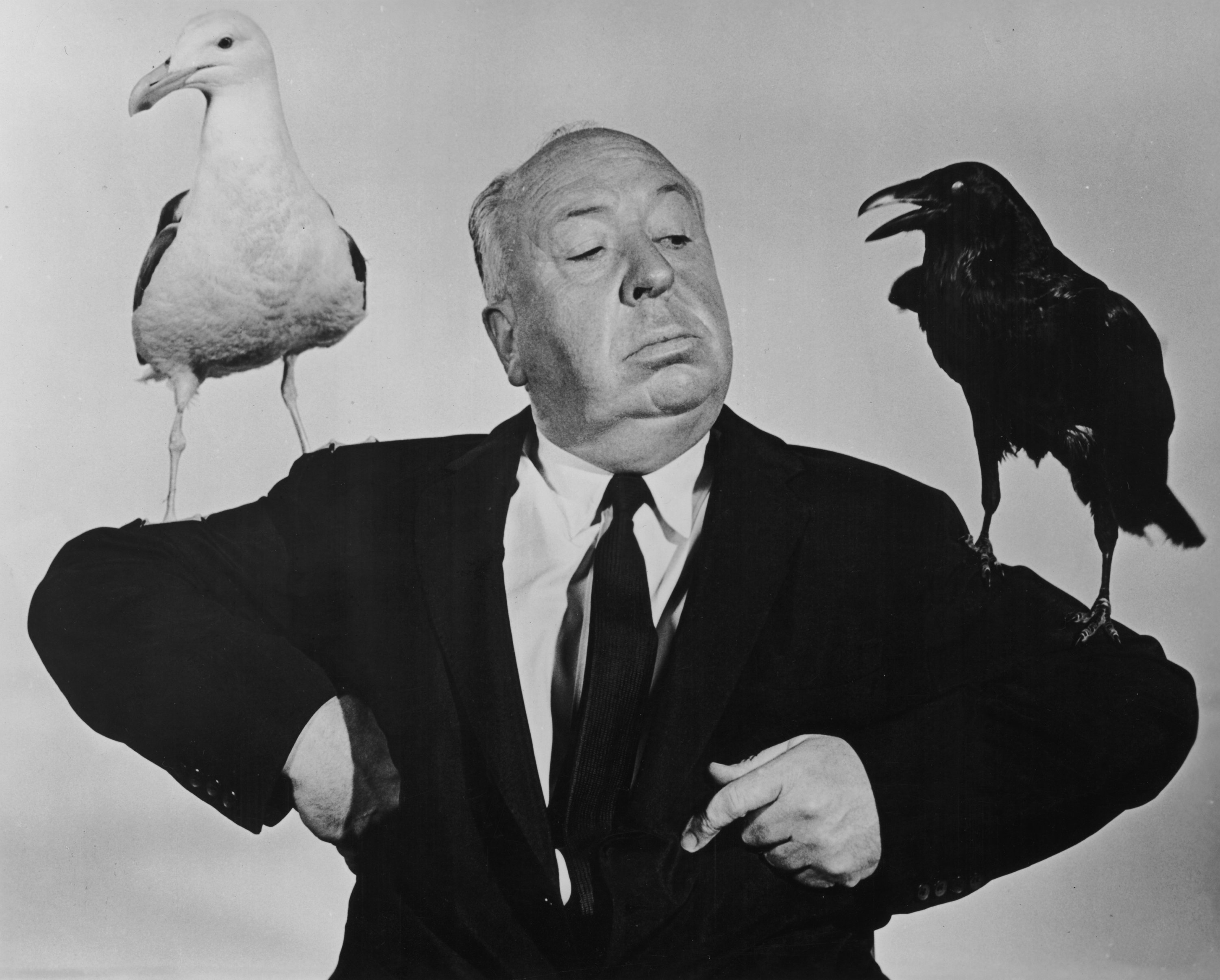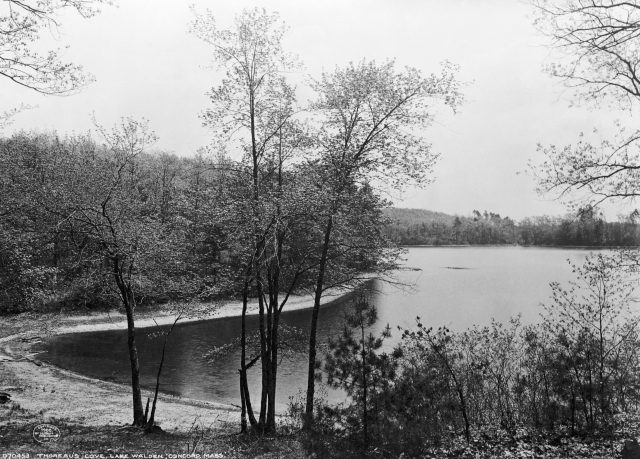Dear readers of 2063,
From the noise of a chaotic world, a single voice stands out. A silent echo from the year 2024, as I write this article in the record-hot summer of Istanbul, invites us to reflect on the paradox of abundance and emptiness. This message is a time capsule to explore the narrative’s depths – a message to consider in 2063 and find that in chaos, simplicity can unlock storytelling’s heart. Sometimes, less truly is more, even in the fastest-paced times.
A craft as ancient as humanity itself, storytelling has evolved dramatically over millennia, from oral traditions to written narratives, from cinematic epics to digital experiences. Yet, its core essence remains unchanged: the ability to connect with another human being on a profound level.
In our era, storytelling is often equated with spectacle, with the relentless pursuit of novelty and shock value. Content is king, and the mantra is “more, more, more.” We drown in a deluge of narratives, each vying for our attention with increasingly sensational hooks and cliffhangers. In this cacophony, I fear we are losing sight of the quieter, more subtle art of storytelling – the art of silence.
As you read this, you might be immersed in a world where virtual and augmented realities have blurred the lines between fiction and reality. Perhaps narratives unfold in interactive environments, where you become an active participant rather than a passive observer. Or maybe storytelling has evolved into entirely new forms, ones we cannot even imagine today.
Yet, I believe that even in this hyper-connected, technologically advanced future, the power of the unsaid will endure. Humans are inherently curious creatures, drawn to the unknown, the mysterious. We crave stories that resonate on a deeper level, evoke emotions and provoke thought.
Power of the unsaid
True storytelling is more than just the craft of stringing words together – it’s the art of knowing when to stop. It’s easy to believe that a great story depends on the abundance of details, rich descriptions and clear resolutions. However, the real magic happens in the gaps, the spaces between the lines, where the unsaid carries more weight than the words themselves.
In “Walden,” Henry David Thoreau proved this. In his reflective world, silence became a powerful teacher, revealing truths obscured by the din of everyday life. It was in the quiet moments, as the Walden Pond mirrored the still sky, that the deepest insights emerged. The stillness of Walden was a sanctuary where the mind could wander freely, unburdened by the clamor of the external world.
Imagine a story where every thought is spelled out, every action justified, every emotion named. The narrative might be complete, but it’s also predictable, leaving little room for imagination, mystery or personal interpretation. The beauty of storytelling lies in its ability to evoke feelings, thoughts and reflections without necessarily stating them outright. It’s in those pauses, those subtle hints, where the story truly lives.
Think of Ernest Hemingway’s famous “iceberg theory.” The bulk of the iceberg, the story’s true depth, lies beneath the surface, invisible yet powerful. Only a fraction is visible, but it’s enough to suggest the enormity of what’s beneath. In this way, what is left unsaid becomes the foundation upon which the story’s impact rests. The reader or the audience becomes an active participant, filling in the blanks with their own experiences, emotions and thoughts. This engagement creates a connection that is deeper and more personal than any amount of explicit detail could achieve.
Consider the most memorable stories you’ve encountered. What lingers in your mind? It’s often not the explicit plot points or the detailed descriptions, but the emotions stirred by what was implied, the questions left unanswered, the moments that allowed you to reflect. These stories engage their audience’s intelligence, relying on them to interpret the unspoken and find meaning within the ambiguity.
In this sense, storytelling is as much about restraint as it is about expression. It’s about knowing that silence can be louder than words, that what you don’t say can speak volumes. A well-crafted story doesn’t overwhelm with detail but invites curiosity. It doesn’t force understanding but encourages discovery. It doesn’t explain everything but leaves space for the reader to ponder and wonder.
Storytellers are often tempted to clarify, to ensure their readers grasp their intent. Yet, the greatest stories are those that resist this urge, offering just enough to guide but not to dictate. They embrace the ambiguity, the mystery, the silence. They understand that in storytelling, less can indeed be more, as I said in the beginning.
The true art of storytelling, then, lies not in how much you say, but in how much you leave unsaid. It’s the trust in the audience and the recognition that the unspoken can be as powerful – if not more so – than the spoken. In the end, it’s not the words that matter most, but the spaces between them, where the real story resides.
‘Hitchcockian’ approach
In an interview with BBC in 1964, Alfred Hitchcock, the master of suspense, once said, “I believe in putting the horror in the mind of the audience, and not necessarily on the screen.” This insight is a crucial lesson for storytellers today and you, my dear readers, in 2063.

Hitchcock’s approach can be seen in “Psycho,” where the infamous shower scene is more about what is implied than what is shown. The violence is suggested through quick cuts and the audience’s imagination, rather than explicit gore, creating a far more unsettling experience.
Similarly, “Apocalypse Now” by Francis Ford Coppola employs this technique effectively. The film’s depiction of the Vietnam War is not just about showing combat but about immersing the audience in the psychological horrors of the conflict. The movie subtly conveys the war’s brutality through evocative imagery and disturbing soundscapes, leaving much to the viewer’s imagination. For instance, the chillingly surreal scene with Colonel Kurtz, where the horrors are more implied than directly shown, forces the audience to confront their own fears and anxieties.
In storytelling, the suggestion of horror or tension often proves more powerful than explicit depictions. While graphic content has its place, excessive use can diminish its effect. By following Hitchcock’s philosophy, writers, directors, or let’s say storytellers in general, can craft narratives that are both intellectually stimulating and emotionally resonant. As Hitchcock himself noted, “I was transferring it from the film into their minds. So, towards the end, I had no violence at all. But the audience by this time was screaming in agony. Thank goodness!”
Message in a digital bottle
Currently, there is a growing recognition of the importance of mindfulness and minimalism. People are seeking solace from the constant barrage of stimuli. This, I believe, will lead to a resurgence of interest in storytelling that prioritizes depth over breadth, subtlety over display.
Portray a future where stories are crafted with a deliberate sense of restraint. Where the focus shifts from plot-driven narratives to character-driven explorations. Where silence is not merely an absence of sound but a powerful tool for storytelling. Where the reader or viewer is invited to actively participate in the creation of meaning.
Perhaps storytelling will become more intimate and increasingly personal. Imagine narratives tailored to individual preferences, delivered through wearable technology that creates immersive experiences. Or perhaps storytelling will return to its oral roots, with live performances that emphasize human connection and improvisation.
Whatever form storytelling takes in your world, I hope it retains its ability to transport us to other worlds, to make us laugh, cry and think. I hope it continues to challenge our assumptions, expand our horizons and deepen our understanding of the human experience.
Most importantly, I hope it reminds us of the power of silence, of the beauty of the unsaid. For in the quiet spaces between the words lies the true magic of storytelling.
With anticipation,
A storyteller from 2024





